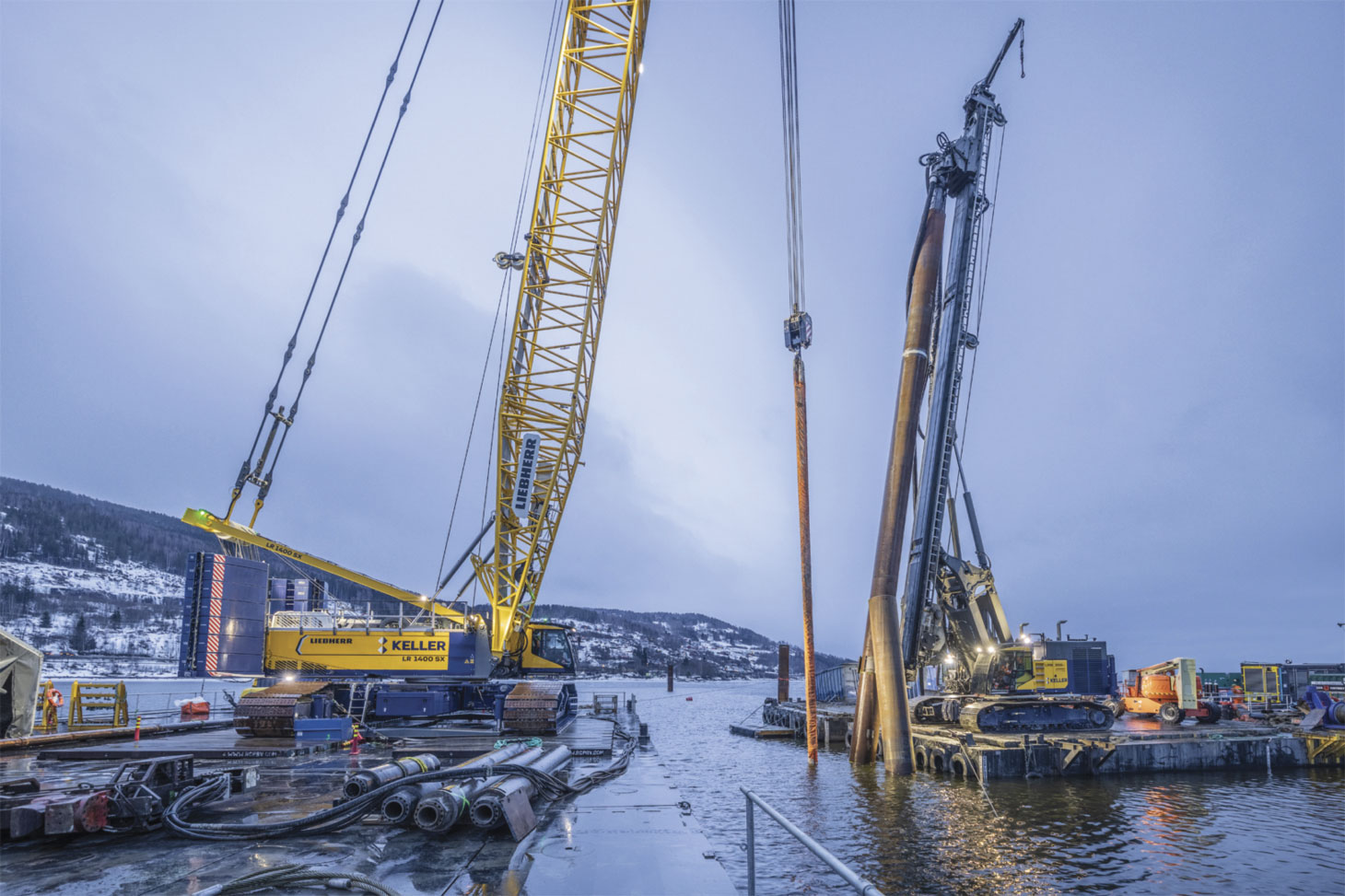
Liebherr Pushes Crane Safety to New Heights
Smarter solutions help crawler cranes tackle the toughest lifts with confidence and precision

Smarter solutions help crawler cranes tackle the toughest lifts with confidence and precision

Des solutions plus intelligentes permettent aux grues sur chenilles d’effectuer les levages les plus difficiles avec confiance et précision
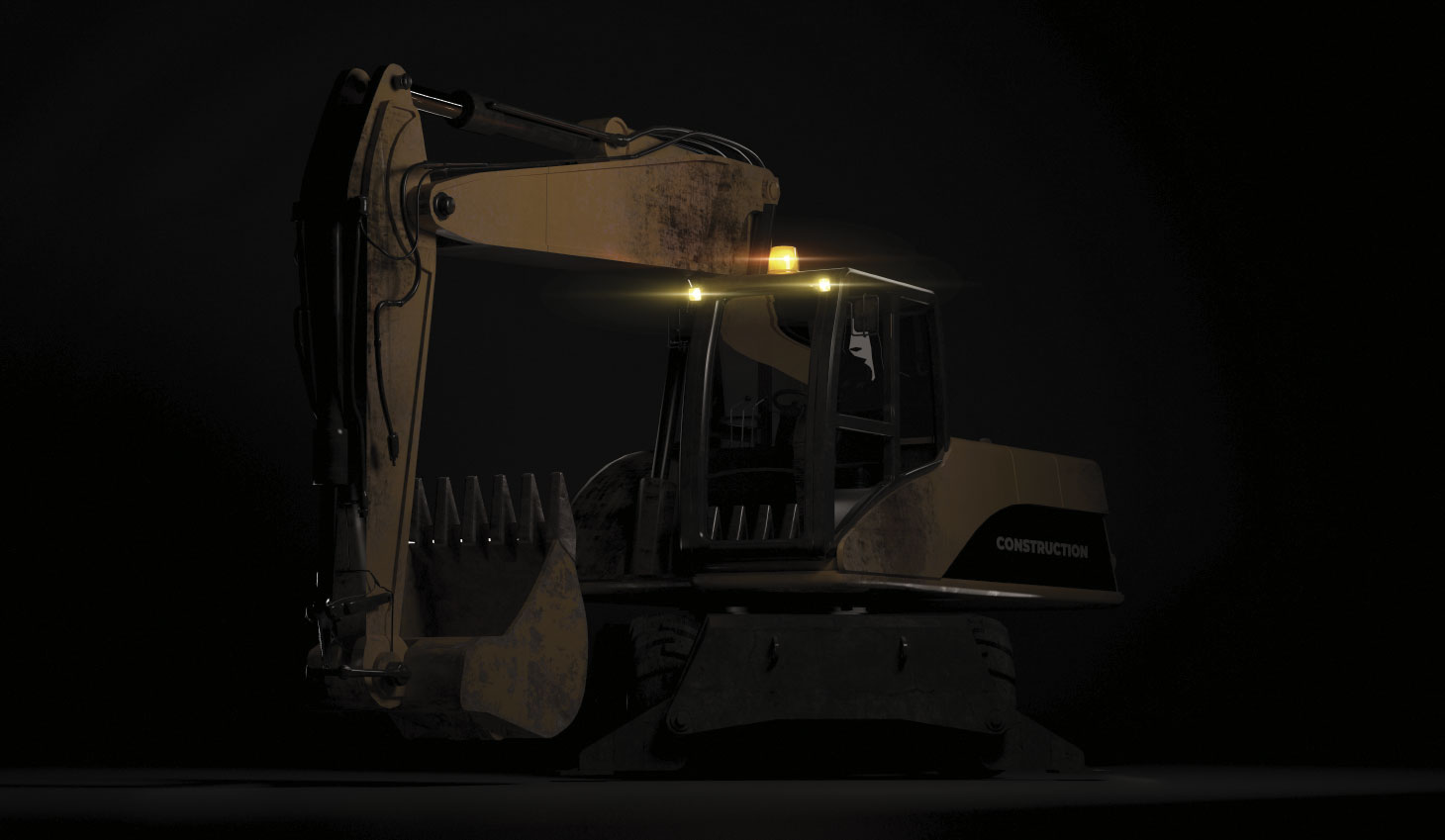
How contractors can fight back against equipment theft
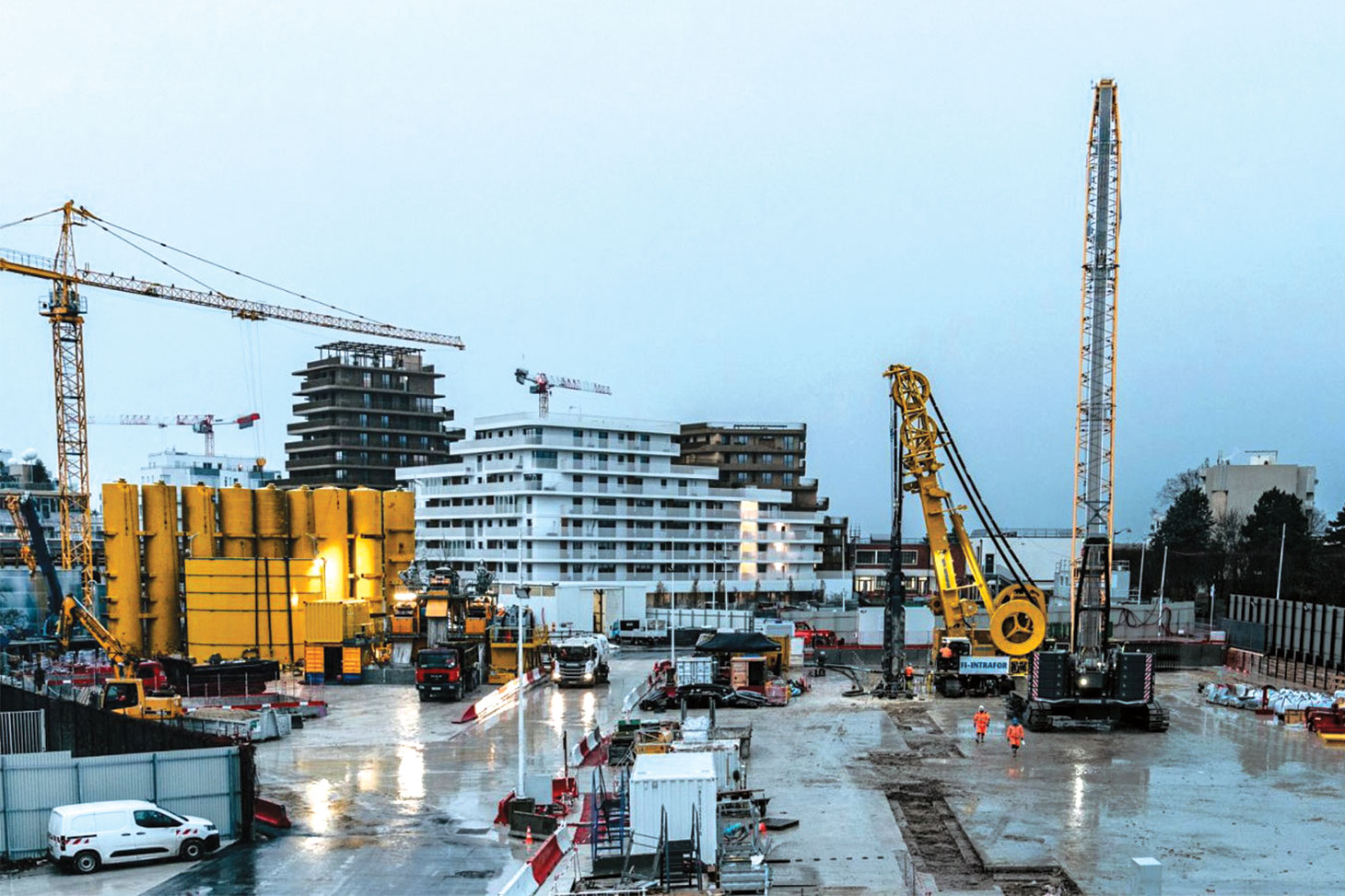
The answer to urban foundation challenges

Construction firm’s outdated defence reveals blind spot about male-on-male harassment

Why construction needs to take cybersecurity seriously

KPU’s new diploma in engineering physics provides a pathway for future engineers
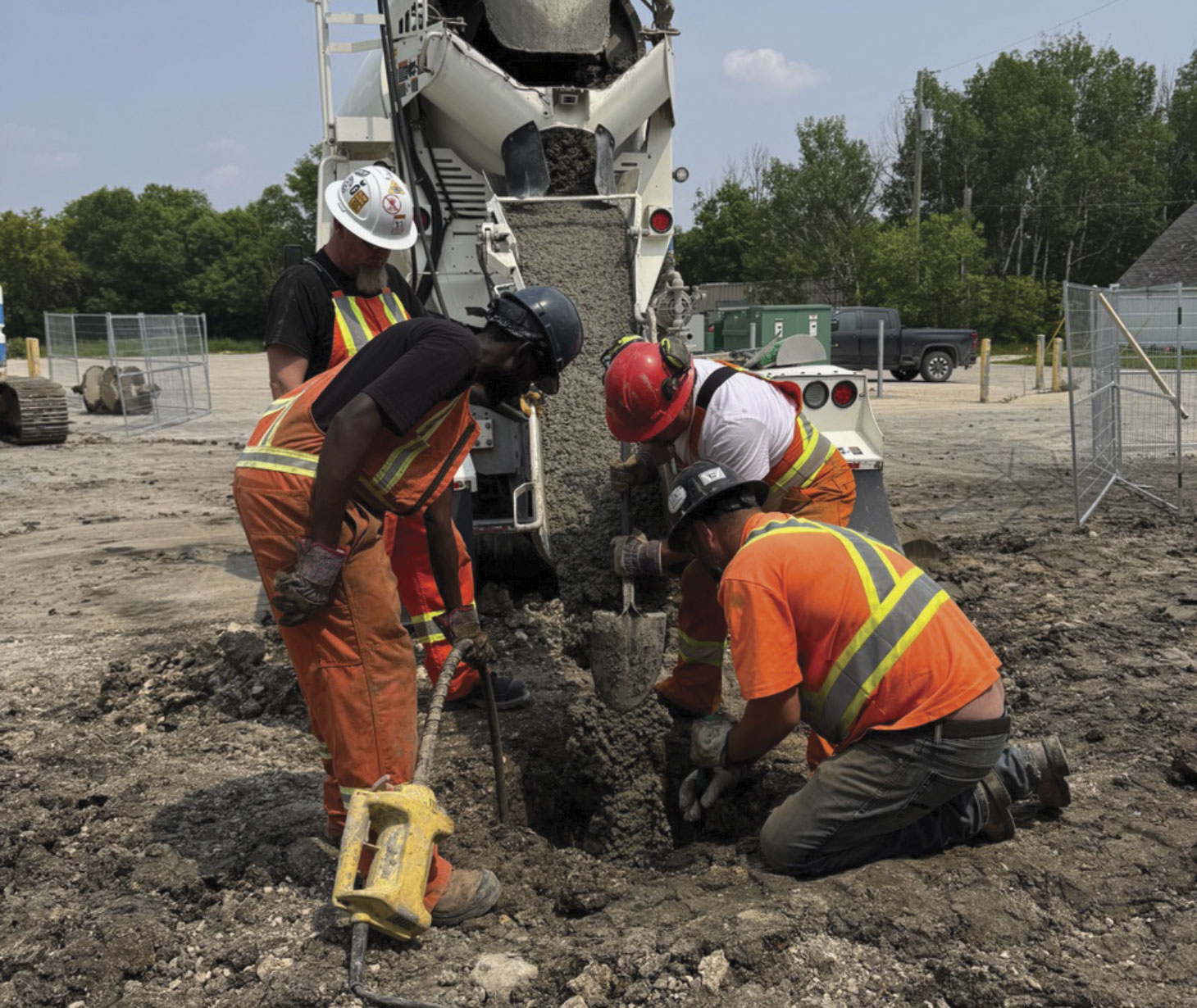
Foundational pillars give Winnipeg’s St. James Civic Centre predictability and durability
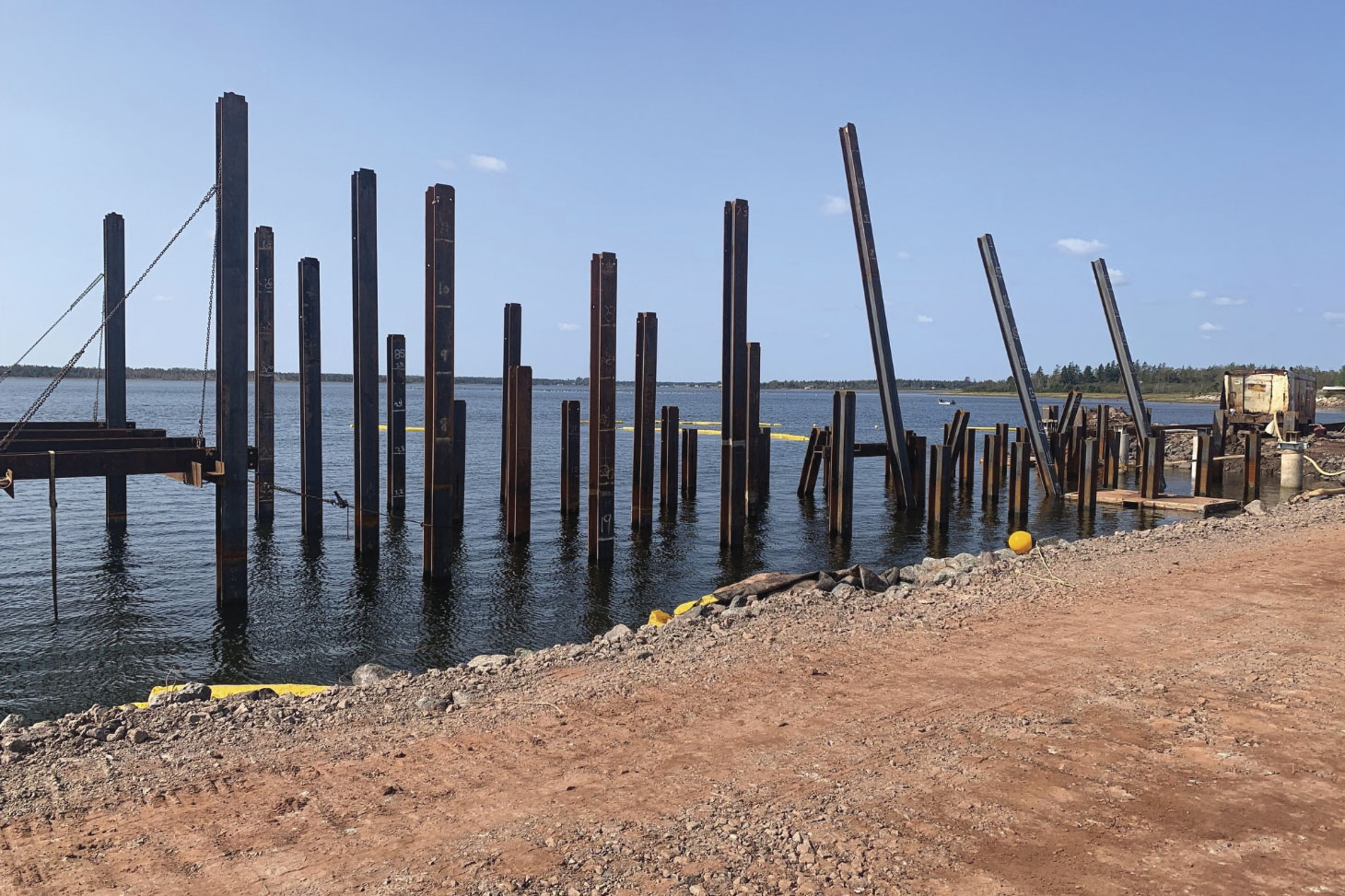
Lennox Island First Nation recently expanded its wharf facility, ensuring that its traditional and commercial fishing operations are future-ready and climate resilient
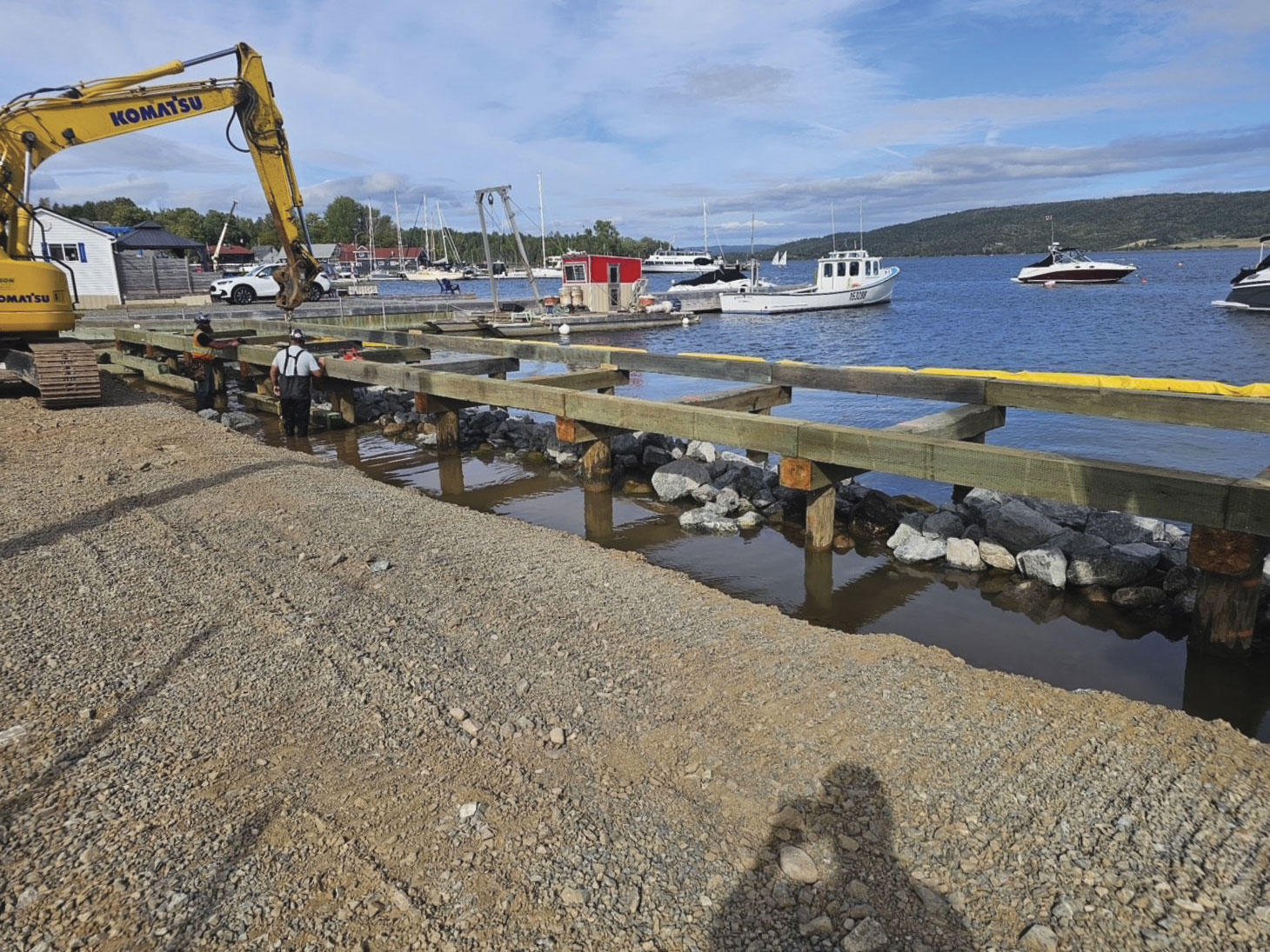
Innovative solutions with the Gilbert MultiGrip MG-90 pile driver

Les technologies avancées du marteau-pieu Gilbert MultiGrip MG-90

Acquisition and insurance costs have placed a premium on construction fleets leveraging total cost of ownership intelligence

HPM enters the Canadian market

Their mission is to recognize, support and advance excellence in geotechnical engineering through meaningful, lasting initiatives.

New focus will boost economy, unlock natural resources and create well-paying jobs for countless Canadians in the process

The ASCE Geo-Institute is one of the founding organizers of the new flagship event for infrastructure professionals

Jim Doyna had been appointed chief financial officer (CFO) of the company, assuming the role in September

2026 Annual Conference taking place March 10–13, 2026, at the Loews Coronado Bay Resort in San Diego, Calif

The winner will compete again in November at the grand final in Ehingen, Germany